From Pandemic Shifts to Electric Battles: A Roundup of Current Trends
Urban Exodus: City-light Savings
Due largely to remote work, US cities are becoming increasingly empty. The decline in population and economic activity in cities across the US is significant, representing yet another unexpected consequence of the pandemic.
This graph illustrates the current downtown cell phone usage as a percentage of pre-COVID levels. For instance, San Francisco's cell phone traffic is now at approximately 30% of its pre-pandemic levels.
Furthermore, office occupancy in New York and Los Angeles remains at just 50% of pre-COVID levels, and San Francisco's occupancy is even lower.
Electro-price-shockwave
The amount of money you can save on the cost of an electric vehicle compared to an internal combustion engine depends, in part, on the price of electricity and the direction of price changes over time. This graph illustrates the average cost of electricity in each state and the historical rate increases since 1997. For instance, in 2022, California's average electricity cost was 26.17 cents/kWh with an annual increase of 3.34%. The average cost across the United States is 15.12 cents/kWh.
Over the past 25 years, the five states with the highest electricity price increases were Hawaii, Kentucky, California, Wisconsin, and Massachusetts, experiencing annual growth rates ranging from 3.30% to 4.35%. The bottom five states, with the lowest annual growth rates between 1.33% and 1.69%, were New Jersey, Arizona, Delaware, North Carolina, and Arkansas.
Cargo's Snail Pace
The freight sector in May is still experiencing a decline, although the rate of decline has somewhat slowed compared to April when it reached nearly a record low. The index is derived from a survey of carriers, where readings above 50 indicate growth and readings below 50 indicate degradation. ACT anticipates that prices will not decrease further due to the ongoing decline in capacity. The ACT freight mantra states that the solution to low prices is, in fact, low prices.
E-commerce Thrives, Inflation Survives
Despite consumers returning to stores in 2022, E-commerce sales are still strong.
Here is the projected annual rate of inflation for the next 7 years.
High Times Ahead for Legalized States
The states that have legalized recreational marijuana use. (green)
The number of truck drivers living in states where marijuana is legal has more than doubled since 2019.
With these changes and the fact that marijuana stays in the system longer than many other drugs, we can expect a large share of positive drug tests for marijuana.
Since 2020, a total of 114,039 CDL holders have been disqualified from employment due to positive marijuana tests, requiring them to undergo a return-to-duty process involving counseling, monitoring, and follow-up testing. According to an ATRI survey, 37% of carriers would require a minimum of five years to pass after a positive test before considering rehiring a driver.
China's Charged Dominance
Currently, Chinese firms are responsible for refining approximately 60% of the world's lithium, 69% of the nickel, 75% of the cobalt, and all of the world's natural graphite. In summary, China holds a significant position in the global battery supply chain.
Love Unhitched: Quarter-Life Singledom
Hmmm… this change just seems important.
Pandexit Poll: Mixed Verdict
Is the pandemic over? For the first time, a majority of Americans believe so, marking a 15-point increase since February. However, 36% of respondents state that the pandemic has not yet ended.
Here is the partisan breakdown:
Power Play: Partisan Gridlock
The partisan split on energy sources.
Musk vs. Zuck
Democrats and Republicans even split on the anticipated cage match between Musk and Zuckerberg.
LNG Superpower Shift: US Gains Australia
Transition to green energy will take much more natural gas – this makes U.S. the major exporter for years to come.
Insurmountable Inflation: Car Edition
According to the Labor Department, car insurance rates have increased by 17% over the past year. This represents a rate that is over 4 times higher than the current overall inflation rate.

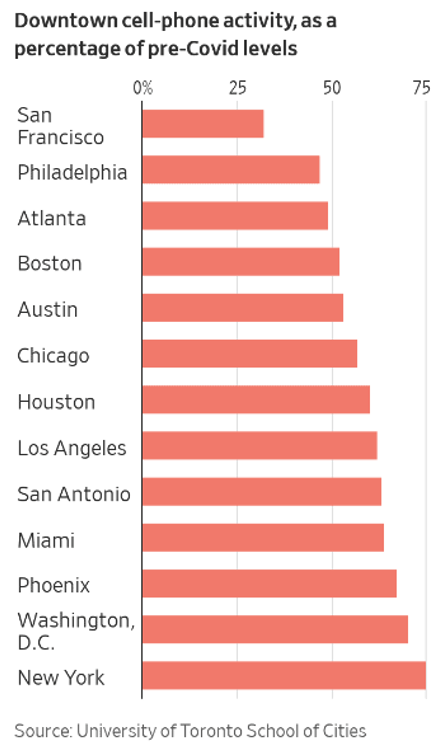
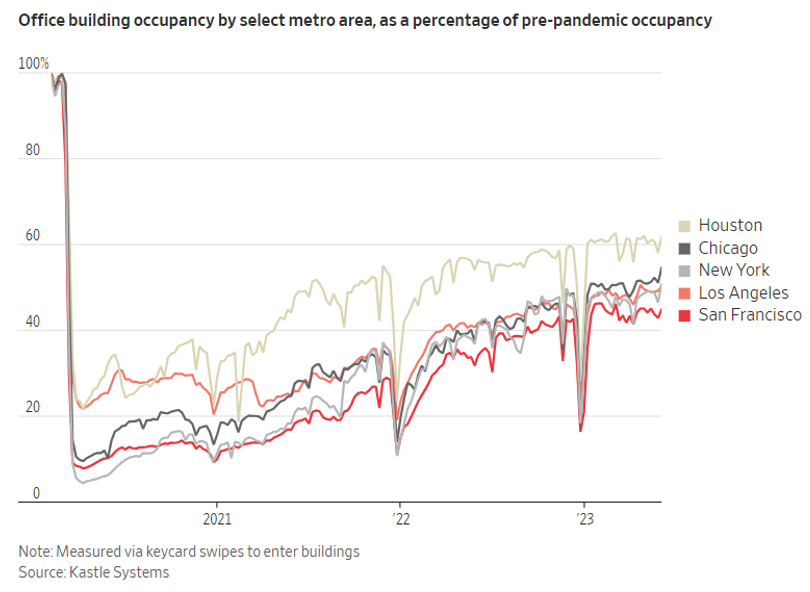
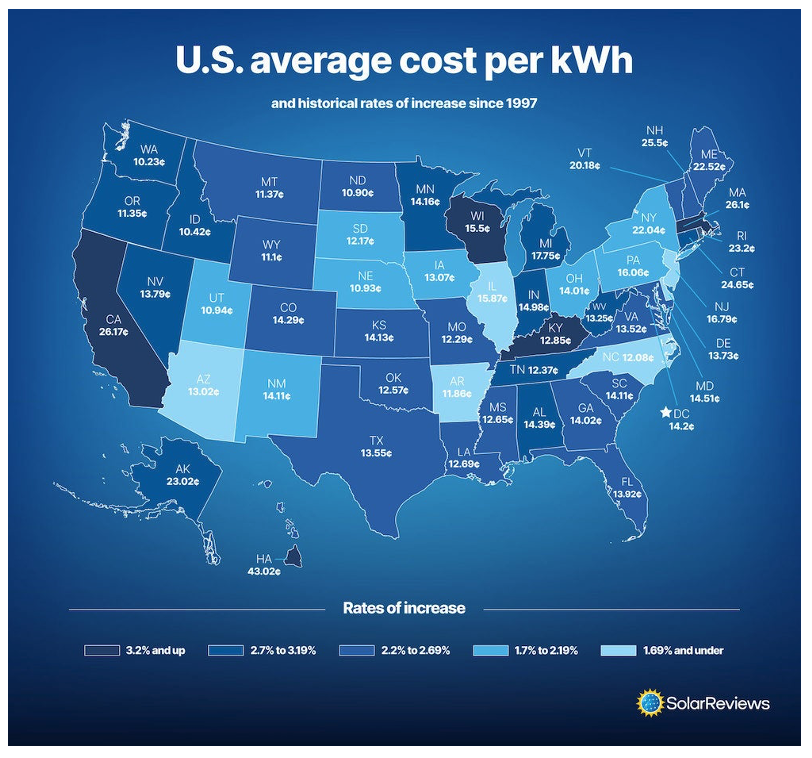






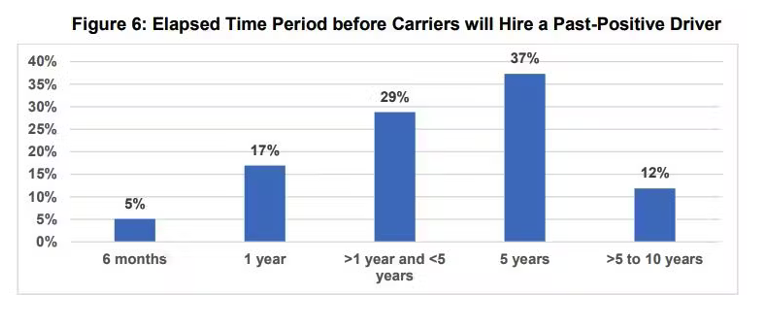



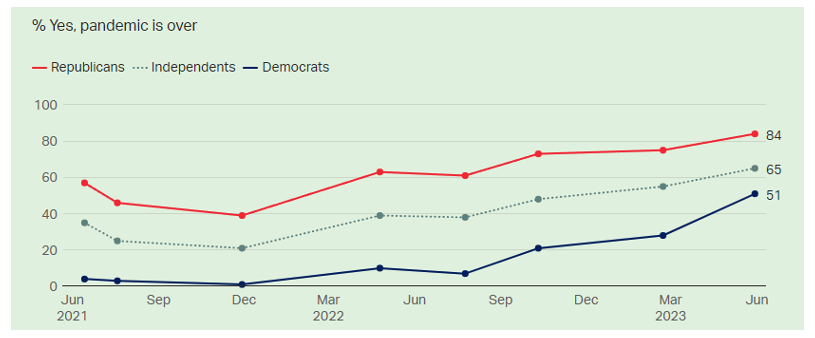



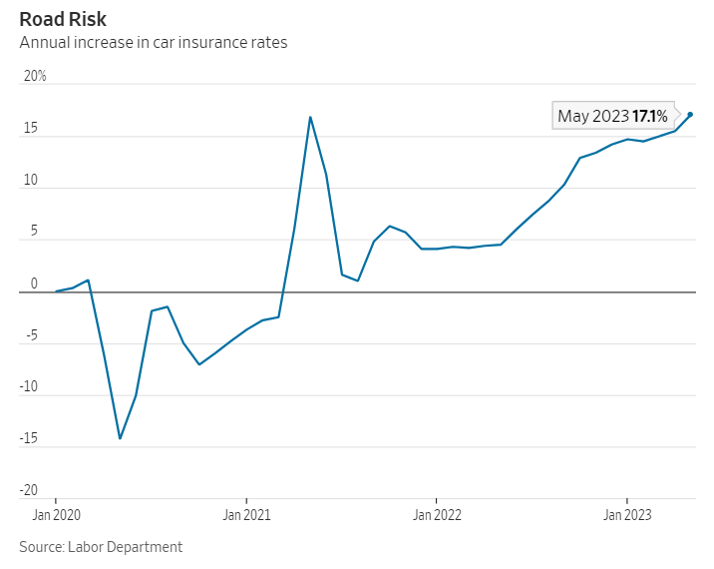

























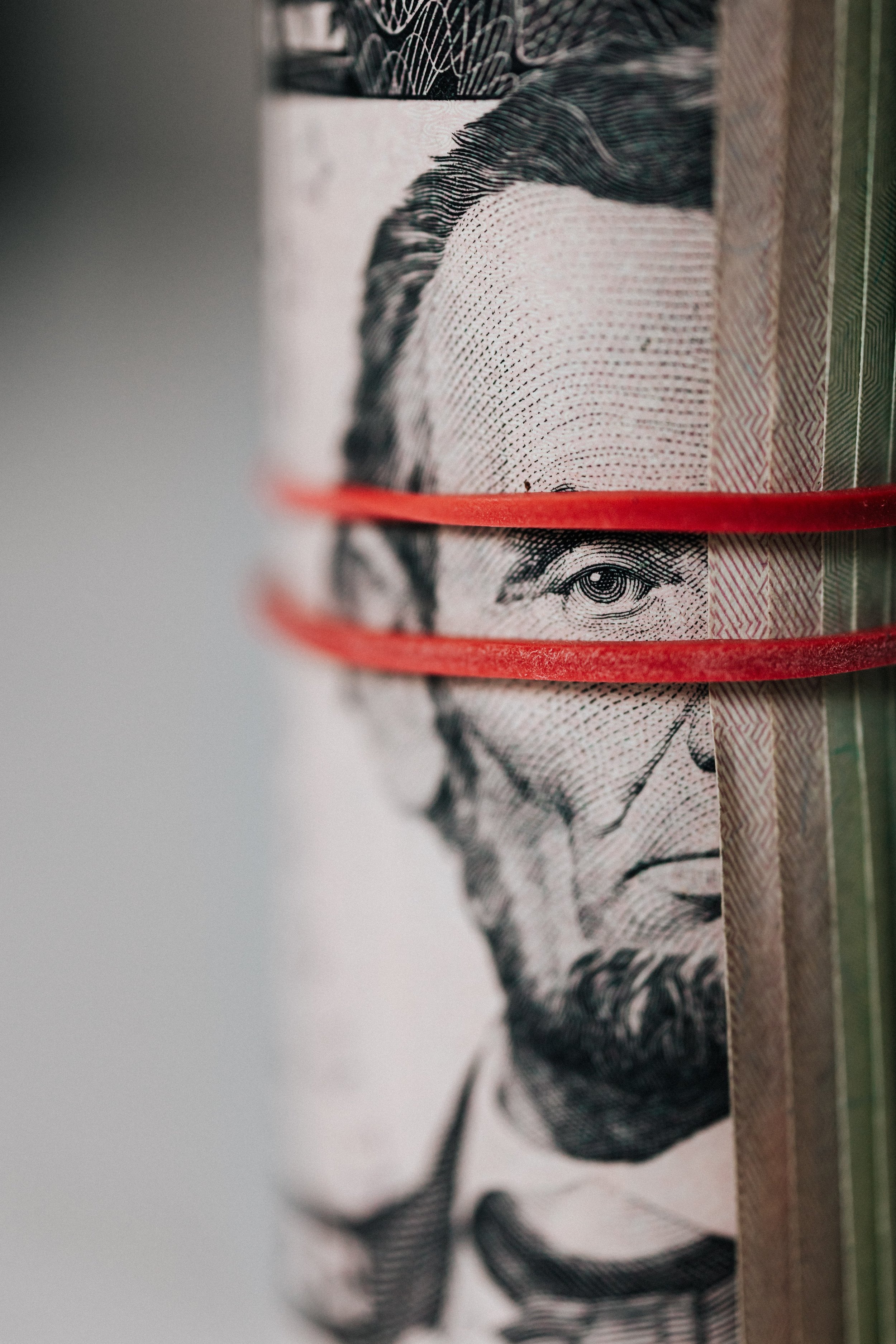



Manifest 2024 served as a reminder of the immense potential that lies ahead in the realm of supply chain technology.